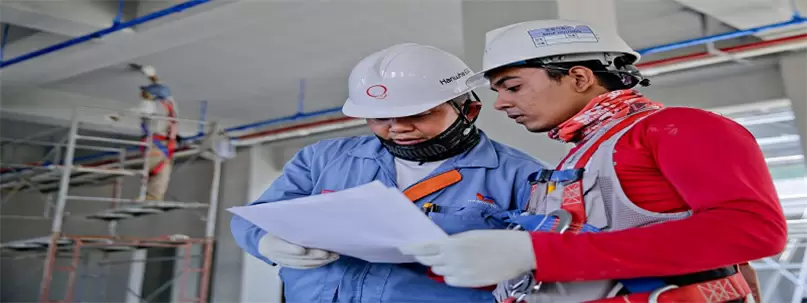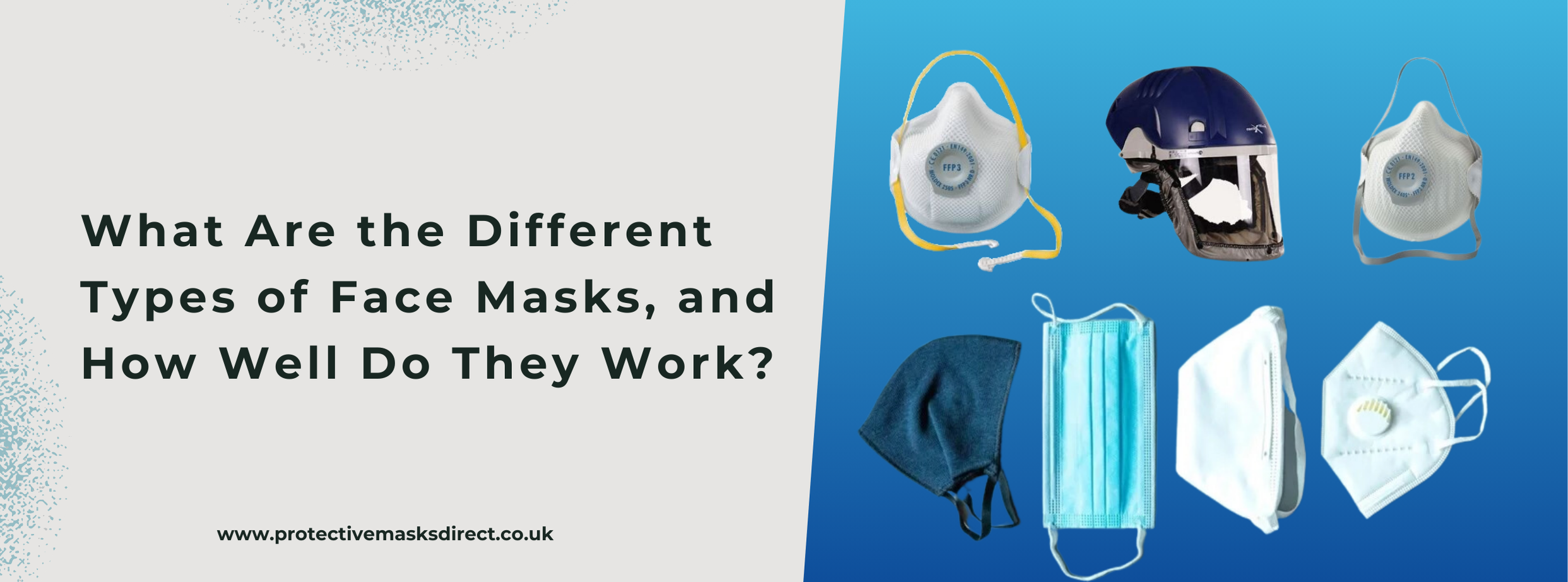
Undeniably, communication is one of the most overlooked but essential parts of a productive workplace. In a working environment, the need to have clear communicative ways cannot be overemphasized. Whether it is inside an office or a construction site, communication can help support health, safety, and productivity while simultaneously ensuring a streamlined workflow.
If your organization or unit doesn't pay much attention to this aspect, now is the time that you start creating a communicative environment at your workplace.
Read ahead and find out the difference that direct, concise communication can make to workplace safety.
Free Flow of Communication Among Employees
Helping your employees to be well-acquainted with each other can make communication more natural and organic in your workplace. If people are at ease with one another, they won't feel apprehensive about talking, irrespective of the subject.
This can be extremely beneficial, not just with work-related tasks but with the overall wellbeing, like making somebody understand the importance of a dust mask if they are working in a polluted environment. Considering that your employees are going to spend a significant amount of time together, they should be able to share their worries and problems.
Providing Work-Related Feedback:
If your employees are friendly with each other and are on talking terms, they will not feel reluctant while sharing work-related feedback. Proper communication enables workers to give and take criticism without creating conflict or lowering morale. This kind of team dynamic is essential for employees whether they are working in a safe zone or not. It is also crucial for workers to learn how to communicate progress and other KPIs in written reports effectively, emails, apart from face-to-face communication.
Defining Risks and Hazards:
Whether your employees are working inside the four walls of a building, or are present on the factory floor where the need for an air fed mask is unavoidable, clear communication can help implement basic standards of workplace safety. Allowing them to understand the hazards and risks that can be severe can be a pivotal step towards their protection.
By marking hazardous materials and high-risk areas with clear safety signboards, they would be able to work within the prescribed safety framework without endangering the workplace security for self as well as others.
Communicate the Emergency Procedure:
Ensure that your employees are well-trained on what to do in case of an accident. The accident-prone areas need to be marked. Establish and communicate clear protocols on who to call for SOS.
Handling the Equipment Better:
While in some places safety and health are crucial, in others, it is an even more prominent factor. For instance, on a construction site or at a warehouse, there is a higher risk of an accident in comparison to in an office space. Making sure that at a construction site where equipment is used, the workers are well informed about their roles, movement and logistics and safety protocols. Clear communication of procedures and processes, be it related to asbestos bags, using and handling equipment, taking care of goods or driving vehicles can decrease the risks of accidents substantially.
Establishing the Rule of Non-Verbal Rules:
Communication is not only restricted to speaking. If taught well, your workers can also engage in the practice of non-verbal communication. This involves using sign language, signages, color codes and specific signboards to let the other person understand your perception.
On top of that, clear communication skills should also help your workers listen and understand rather than just speaking. After all, listening to others is as important as talking to them vocally.
Summing Up:
There is no surprise in the fact that successful organizations invest in training effective communication between teams. At a manufacturing pr processing unit, the play verbal and non-verbal communication amongst the blue collared employees is not only different by also important.
Most of it can be achieved with group training and in-house communication sessions. So, identify the gaps in communication and plug them using various audio-visual aids or other relevant communication tools.




